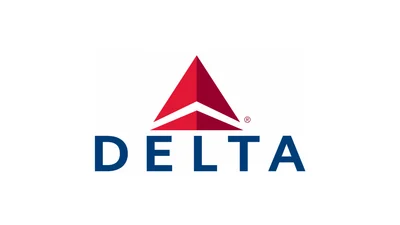General Thomas Bussiere, Commander of Air Force Global Strike Command, stated: “[The B-21] was developed with a combat lethality mindset, hand in glove with the engineers, acquisition professionals, and industry professionals that knew how to develop a capability so exquisite.”
In terms of design features aimed at stealth and survivability, the B-21 departs from some visual characteristics seen on the B-2. The Raider adopts simpler lines on its trailing edges instead of the “W”-shaped edges found on its predecessor. Engine intakes are more smoothly blended into its body. Advances in radar absorbent materials (RAM) have also led to improvements in maintenance requirements and reduced operational costs compared to earlier stealth aircraft.
The shift toward efficiency extends to powerplants as well. While the B-2 uses four F118-GE-100 turbofans each delivering 17,300 pounds of thrust, reports indicate that the B-21 will use two or three commercially derived engines without afterburners for greater fuel efficiency and lower maintenance demands.
Internally, technology upgrades include electronically scanned radar systems and advanced electronic warfare capabilities related to those found on other modern platforms like the F-35. The open architecture approach allows software updates through secure uploads rather than lengthy depot visits required by older bombers.
Air Force Chief of Staff General David Allvin commented: “The B-21 Raider program represents a cornerstone of our strategic nuclear modernization. The concurrent efforts in testing, sustainment preparation and infrastructure investments clearly illustrate our commitment to providing unmatched capabilities to deter and defeat threats well into the future.”
The range is another area where digital engineering tools have provided benefits; despite carrying less fuel internally—roughly 120,000 pounds versus 167,000 pounds for the B-2—the Raider is expected to surpass its predecessor’s unrefueled range thanks to aerodynamic efficiencies.
Operational flexibility is enhanced due to these changes: fewer aerial refueling operations are needed during missions; logistical support requirements are reduced; mission-capable rates are projected above 80%, an improvement over historical rates for previous bombers; and base dispersal options increase due to its smaller footprint.
Digital modeling techniques have shortened certification cycles for new roles such as nuclear deterrence missions. This could allow earlier retirement for legacy bombers like the B‑1B Lancer while reducing reliance on aging platforms such as the B‑52 Stratofortress.
Both bombers maintain two-person crews but cabin space has been optimized further on the Raider with provisions likely included for single-pilot or unmanned modes reflecting anticipated trends toward increased autonomy within future air forces.
 Alerts Sign-up
Alerts Sign-up





































